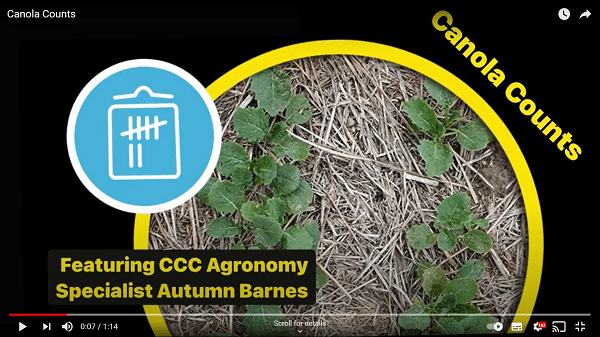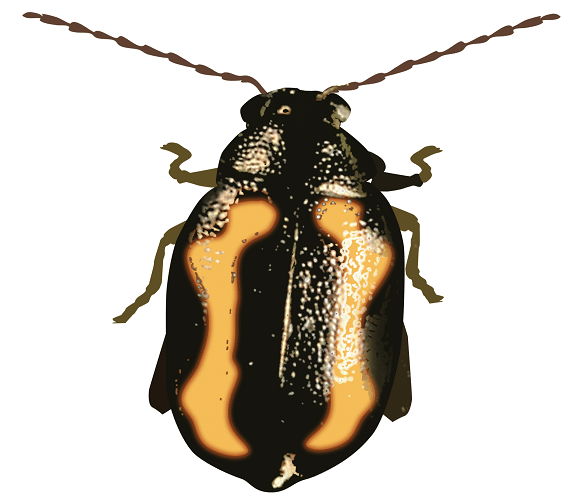
Get close to your crop with CanolaCounts.ca
It’s not enough to take a quick glance over your field to understand your canola emergence — you need to get up close and personal. That’s why the Canola Council of Canada has introduced CanolaCounts.ca — a quick, easy, mobile-friendly way for producers to map plant densities and emergence across their fields. Understanding your emergence per cent can be a crucial first step in discovering what might be slowing your emergence and what you can do to fix it. And there are prizes available: each field entered at CanolaCounts.ca marks a chance to win weekly gift cards, with prizes going to the users entering the most fields in each Prairie province.
Is your water right for spraying?
Is the water you use in your spray tank suitable for spraying? Be sure to have it tested to identify the water’s quality components that might interfere with pesticide efficacy. Water testing labs run a wide gamut of testing purposes, so you may have to do some research to find what you’re looking for. If you’re in Alberta, this list might be a start. Lab information in Saskatchewan and general sampling information is available here, while this may be a start for those in Manitoba.
Window closing for spraying blackleg
The critical infection window for blackleg is from the cotyledon to two-leaf stage. Infection at this stage can cause yield losses. Integrated disease management tactics have been developed to fight the disease. However, if you still have blackleg in your field, you should know the window for spraying blackleg is rapidly closing and fungicide applications need to be done as soon as possible. Weigh the benefit of fungicide offers key fungicide information for spraying blackleg. While you are assessing stands and calculating emergence percentage for the CanolaCounts.ca plant establishment tool, make sure you look for old pieces of blackleg-infected canola residue and leaf lesions. Those symptoms will mean you have an elevated risk for blackleg this season. Assess blackleg damage prior to harvest to determine if changes in resistant cultivars, crop rotation, or an enhanced seed treatment are required to manage the disease.

Flea beetle tips and info
Flea beetles continue to feed on canola plants and cause economic damage in parts of the Prairies. Following is a series of links to help you manage this crop threat:
– Canola Encyclopedia entry on flea beetles (article).
– Make the right flea beetle spray decision: 8 steps (article).
– How to assess leaf area loss from flea beetles (article).
– Flea beetle thresholds (video).
– Flea beetle behaviours (podcast).
– Timely sprayer tips (podcast).
– CanolaCounts.ca (web-based emergence scouting tool).
